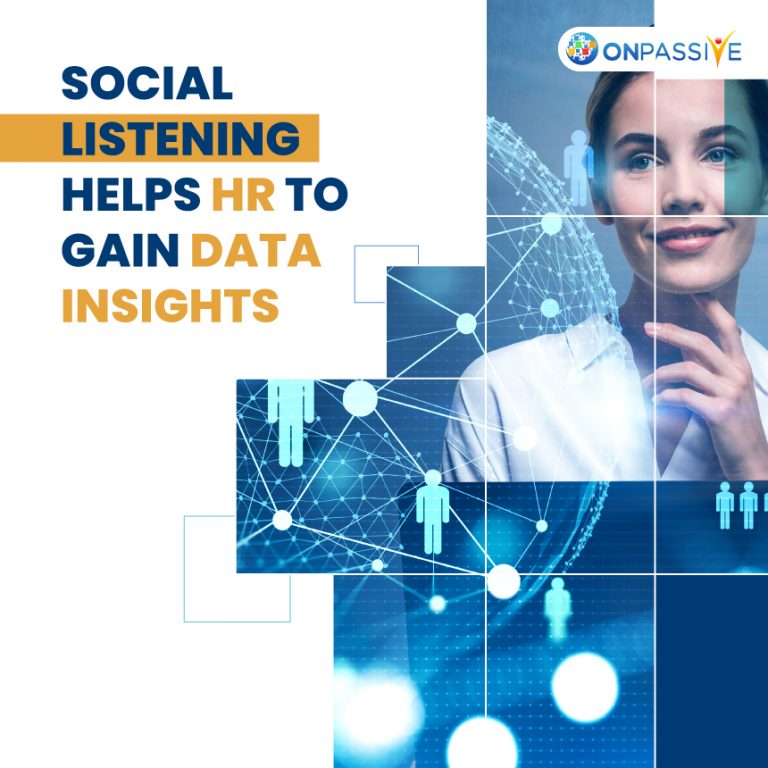
Human Resources Analytics (HR Analytics) is a subset of analytics that deals with person analysis and using analytical processes to human capital inside a company to boost employee productivity and retention.
HR analytics does not collect data on how your people perform at work; rather, its only purpose is to give greater insight into each of your human resource processes by gathering relevant data and then utilizing that data to make educated decisions about how to improve them.
The majority of human resource experts will be able to readily answer the first question for their company. On the other hand, the other two questions will be difficult to answer, especially if you don’t have precise data.
Top Four Types HR Analytics
Here are four Human Resources Analytics that every manager should be aware of:
Employee Turnover: When it comes to human resources, large expenditures are made, and this is true for every business or organization. The technique of determining your staff turnover rate is known as employee churn analytics. Employee churn analytics aids in forecasting the future and lowering churn. Historical employee churn refers to information gathered in the past that identifies the rate of employee churn since the commencement of employment. Employee churn analytics need both predictive and historical turnover data.
Capability: Without a doubt, the success of any organization is influenced to some part by the level of knowledge and skills of its personnel. Capability analytics is a people management approach that aids in identifying your workforce’s fundamental capabilities.
When you know what those skills are, you may use them as a standard against which you can evaluate your workforce’s capabilities and analyze any gaps.
Organizational Culture: Culture is notoriously difficult to define and much more difficult to alter. The culture of your company or organization is typically defined by the unstated norms, processes, and patterns of human behaviour.
Organizational culture analytics is a method of analyzing and better understanding your company’s culture. When you understand your company’s culture, you can assess and follow any changes that occur. Tracking culture shifts might help you spot warning signals that the environment is becoming hazardous.
Capacity: Capacity indeed has an impact on revenue. The goal of capacity analytics is to determine how efficient your staff is in terms of operations. For example, at a company that specializes in clothing design, are workers spending too much time in meetings and talks rather than doing more profitable work, or are they taking their jobs far too casually? This behavioural study is capacity analytics, which evaluates how much room people have to grow as individuals.
Three Key Elements Of Human Resources Analytics
The process of getting actual value from a plethora of data presents some of the most significant challenges. These examples are inefficient data usage, incorrect questions asking the incorrect question, and a lack of analytical skills and subject experience are all examples.
● Quality Data
Data collection is the initial stage in every data science endeavour. We can gather and examine many types of HR data thanks to HR databases and employee information systems:
Integrating data from multiple sources is essential for good analysis. It’s also important to know how the data was gathered and what they’re about. Such procedures are complex and time-consuming, yet they are necessary for accurate analysis.
Three requirements must be met before putting data to practical use: completeness: no missing values in any needed fields; consistency: data of the same format and no disagreement between various sources; and validity: encrypted data that adheres to a schema and standard with high creditability.
● HR Analytics Questions
Before beginning any analytical process, the company should always establish the correct aim, which will help them choose the best strategy. Currently, every firm is experiencing a labour shortage, and its well-trained senior employees are at risk of leaving. We can give some practical advice using relevant HR expertise:
● Which workers should be transferred if this person is expected to quit in the next two months?
● Employees who need particular attention and management
● Employees who should be promoted
● Employees who should be given more difficult duties
● What characteristics do the most productive individuals have?
● Capable Analysts
A typical data science project team comprises one or more business analysts, domain specialists, data engineers, data analysts, and data scientists, as well as a project leader. The cross-functional framework enhances individual productivity and efficient teamwork. People with both analytics and HR knowledge are essential for this very domain-specific project.
AI In HR Analytics
As per a research published in the International Research Journal of Engineering and Technology, integrating artificial intelligence (AI) into human resources (HR) practices will improve organizations because these applications can analyze, predict, and diagnose to assist HR teams in making better decisions (PDF).
Conclusion
HR Analytics does not imply the purchase of expensive software, the establishment of a large staff, or the implementation of lengthy procedures. Start small by having dialogues with workers, recording their comments, involving management, involving various functions, developing a strategy, sharing it with everyone, and committing to it.
It’s critical to share the data so that everyone is aware of it, understands it, and can provide suggestions to improve the work experience. Use the information to promote projects, solve problems, and make good changes in the company. Employee engagement, retention, wellness, productivity, experience, and work culture may all be improved with HR analytics.
So, if you wish to automate your organization’s recruitment process, O-Staff by ONPASSIVE is an ideal tool. To know more contact us.


